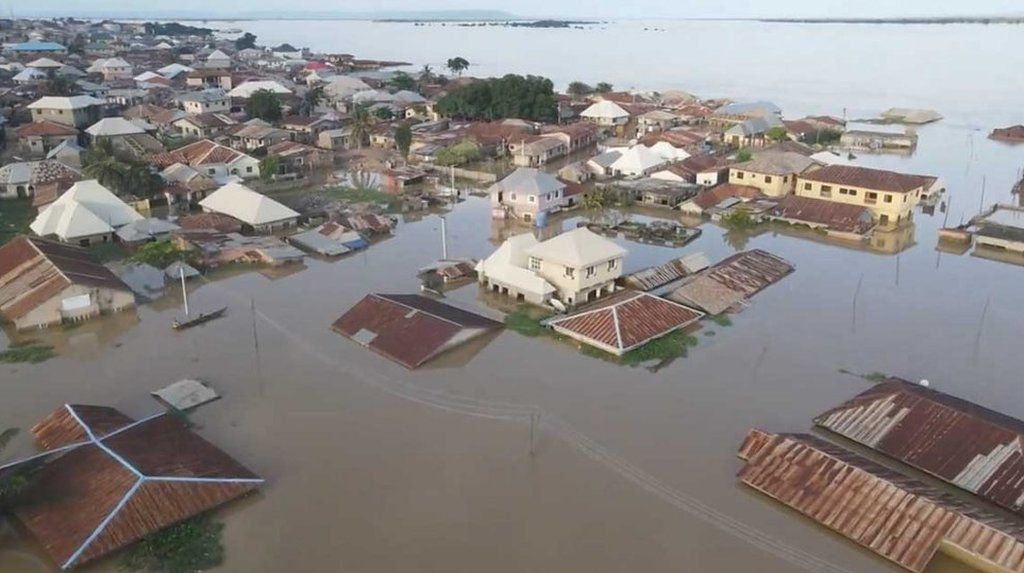In 2022, many states in Nigeria experienced flooding, a common natural hazard. The level of apprehension at that time was massive. The flood wrecked many households, businesses, and infrastructure, as well as fatalities.
The Nigerian government calculated that the Federal Capital Territory (FCT) and the 36 states of the federation suffered a direct median economic loss of $6.68 billion as a result of the country’s floods last year.
Sadiya Umar Farouq, Minister of Humanitarian Affairs, Disaster Management, and Social Development, announced this in Abuja, Friday during the presentation of the Global Rapid (Post Disaster) Damage Estimation (GRADE) Assessment Report of Nigeria’s flood situation in 2022.
According to the research, the damage incurred was in the range of $3.79 billion to $9.12 billion based on currently disclosed information as of November 25, 2023.
Farouq, who presented the report’s primary results, stated that the 2022 flood, considered the worst in the country, hit all 36 states and the FCT.
“This analysis estimates that the total direct economic damages, based on currently reported statistics as of November 25th, are in the range of US$3.79 billion to US$9.12 billion, with the best (median) estimate at US$6.68 billion.
“This includes damages to residential and non-residential buildings (including building contents), as well as damages to infrastructure, productive sectors, and cropland,” Farouq said.
According to the report, the considerable damage to infrastructure, including roads, irrigation, and river infrastructure, as well as WASH and energy facilities, is projected to be over $1.23 billion.
The value of residential buildings damaged across the country was estimated to be $2.3 billion.
She also stated that the flood affected between 4.4 million and 4.9 million people or around 2% of the country’s population.
The report stated that agricultural crops, associated water infrastructure, fisheries, and livestock were severely damaged, with over 650,000 hectares of crops devastated. It anticipated $1.8 billion in damage to the agricultural sector.
According to the research, the hardest impacted states are Jigawa, Rivers, Taraba, Cross River, and Delta.
“On a general note, the GRADE assessment gives an overview of the nature of the flood disaster and its impact across Nigeria.
It had the sectoral and state-by-state effect that is critical for planning. It becomes a vital tool for understanding the effects of the flood on people, their coping capacity, and which groups are the most vulnerable.
It can also be used to identify the most urgent recovery needs and the best methods for the reconstruction of critical sectors and infrastructure,” Farouq said.






Comments 1